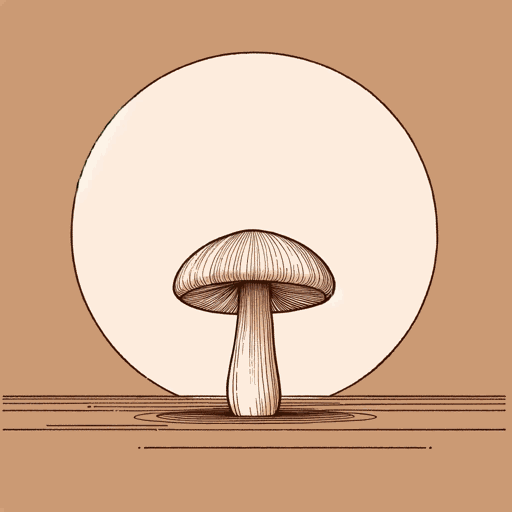75 pages • 2 hours read
Anna Lowenhaupt TsingThe Mushroom at the End of the World
Nonfiction | Book | Adult | Published in 2015A modern alternative to SparkNotes and CliffsNotes, SuperSummary offers high-quality Study Guides with detailed chapter summaries and analysis of major themes, characters, and more.
Before You Read
Summary
Preface
Prologue
Part 1, Introduction
Part 1, Chapters 1-3
Part 1, Interlude 1.1
Part 2, Introduction
Part 2, Chapters 4-7
Part 2, Interlude 2.2
Part 2, Chapters 8-10
Part 2, Interlude 2.3
Part 3, Introduction
Part 3, Chapters 11-13
Part 3, Chapters 14-15
Part 3, Chapters 16-17
Part 3, Interlude 3.3
Part 4, Introduction
Part 4, Chapters 18-19
Part 4, Chapter 20 and Conclusion
Key Figures
Themes
Index of Terms
Important Quotes
Essay Topics
Part 2, IntroductionChapter Summaries & Analyses
Part 2: “After Progress: Salvage Accumulation”
Part 2, Introduction Summary and Analysis
Tsing explains how she first learned about matsutake, when she was in search of a new research project focused on a “culturally colorful global commodity” (57). She met a mycologist, a mushroom specialist, who told her stories of mushroom buying camps in Oregon. Upon visiting one, she was surprised to discover it reminded her of fieldwork in Southeast Asia with a variety of foods available and languages spoken, including Khmer and Lao. None of the pickers visiting the camp to sell their wares had any direct connection to Japan, though they knew that the mushrooms would be sold there. Instead, Tsing writes:
They made up fantasy landscapes of Japan, and they did not know how to assess them. They had their own matsutake world: a patch of practices and meanings that brought them together as matsutake suppliers—but did not inform the mushrooms’ further passage (60).
Tsing notes that this gap between fantasy and reality became an important research question for her. How did these two aspects of the mushroom trade operate, so that it made analytical sense to consider them “part of that global economy we call capitalism” (60)? As befits her distaste for binaries, Tsing underlines that the boundaries of the nation state may lose relevance at some moments of economic life even as they structure others.

